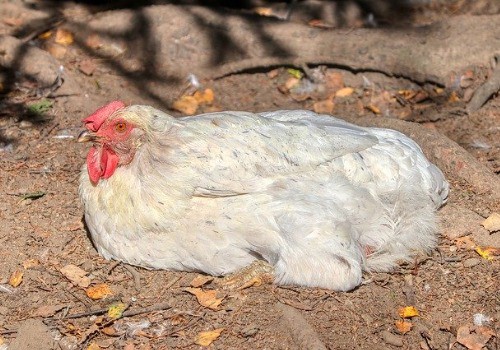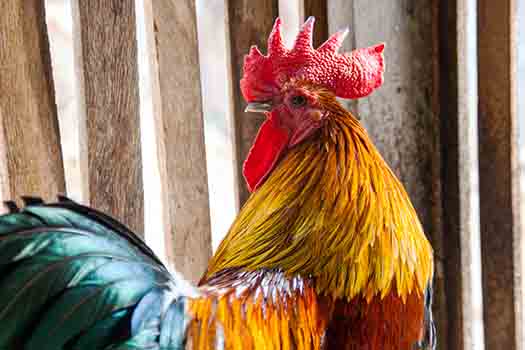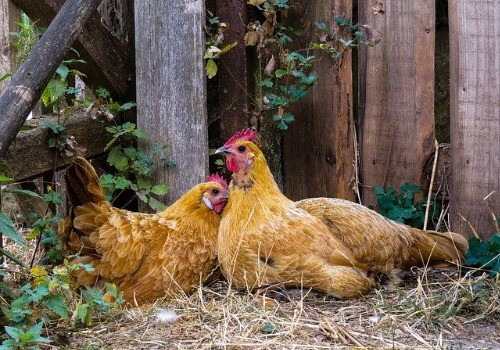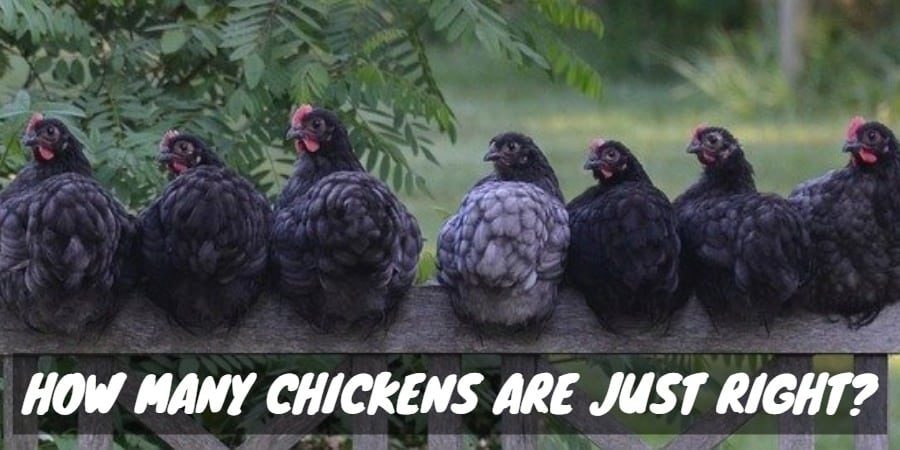Chickens take dust baths to keep clean. The dirt and sand mixture keep their feathers in good condition and is a natural way to fight against parasites, mites, and lice.
Often chickens choose a place they enjoy when taking their bath. I can remember the first time I saw one of my chickens taking a dust bath because it was right under my rose bush. What a mess I had to clean up!
With that said, if you plan to build a dust bath, you should watch to see if they’ve started one themselves and expand or improve it (unless it’s under your rose bush!).
Chicken Coop Dust Bath

To get started, either get a container or build one that is at least 12-inches deep, 24-inches long, and 15-inches wide. For myself, I found an old fruit crate lying around that worked perfectly. In fact, my flock gets into it every day to refresh themselves.
Ingredients
1) Soil – You can find this almost anywhere on your land. However, if you are purchasing it from the store, make sure that it is vermiculite, fertilizer, and chemical-free.
2) Builder’s Sand – No need to go all out and buy the most expensive sand that you usually would for a child’s sandbox, as something simple will do.
3) Diatomaceous Earth – Make sure it is not the type you use for pools; instead, get the food-grade kind that states it is for livestock use.
[amazon bestseller=”DiatomaceousEarth”]
4) Wood Ash – I use the ashes from my wood stove. I just scoop out the charcoal pieces so they are not mixed up in the ash. If you don’t have a wood stove, ask a friend who has one, I am sure they would be happy to help. Another option would be to build a campfire and use wood ash when the fire dies out.
5) Dried Herbs – Sprinkle dried herbs such as rosemary, mint, and lavender, which are natural insecticides. Dried ginger, seaweed, anise, fennel, and wormwood, known as Artemisia, can also be good.
Use equal amounts of the ingredients and thoroughly mix them together. Afterward, if you are curious whether or not your flock is using the dust bath, then be nosy and look to see if there is any drooping left behind. Another sign would be when they shake their feathers and you see a cloud of dust appear.
Benefits of a Dust Bath

By making a dust bath for your flock, you can contain where they squirm and wriggle around. It also will keep them out of your outdoor plants. Charcoal has magnesium, calcium, and vitamin K, which is a blood-clotting agent. When your flock takes their dust bath and nibbles on some of the wood as they will reap the benefits of these vitamins.
Charcoal also absorbs toxins, and it is a laxative that aids in cleansing your chickens’ digestive tract and internal parasites. The ingredients diatomaceous earth also help to get rid of parasites. If you add herbs to the dust bath, use dried ginger, seaweed, anise, fennel, and wormwood, known as Artemisia. They will also assist in repelling parasites from your chickens as well.
Generally speaking, chickens don’t need to bathe in water. In other words, dust baths are enough to get your chickens clean; it even gets rid of the excess oil. On the other hand, if and when you see dried feces on or around your chickens’ vent area or feet, you will definitely need to use water to clean it off.
How Do Chickens Dust Bathe

After you have finished your chickens’ dust bath, you can watch them scratch and dig until they have the right size bowl-shaped in the dirt. Next, they settle in their hollow hole, fluff up their feathers, and scratch up the mixture all through the fluffed-up feathers. Chickens use their wings and feet to wiggle loose dirt through their feathers and skin. After they have a good coat of dirt on them, chickens will shake and fluff their feathers to get the excess off.
So, what are you waiting on? Help your chickens to take a dust bath by building them one. The result can only be positive as they will be cleaner and healthier.
[amazon bestseller=”chicken bath”]




